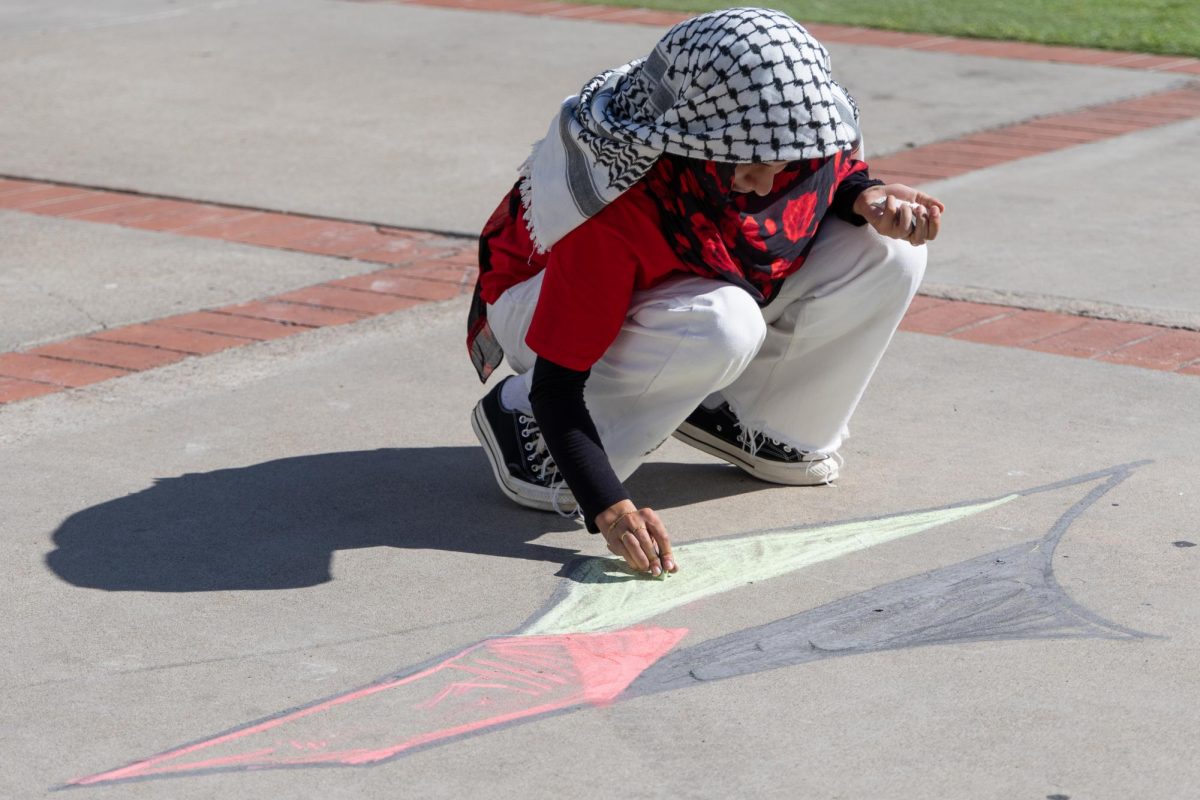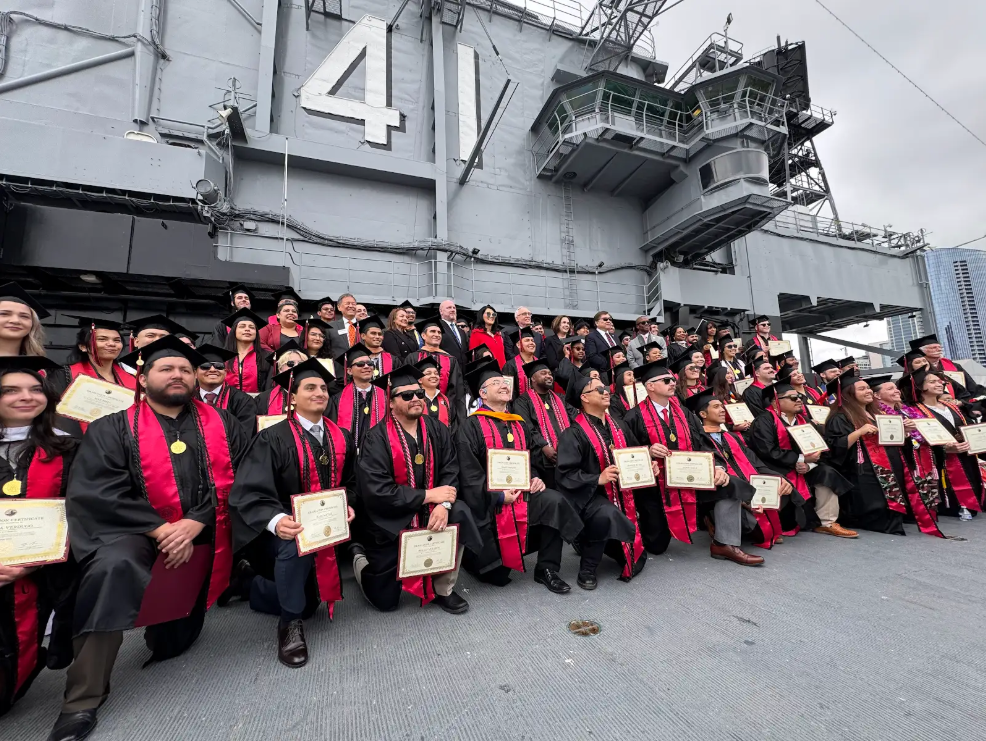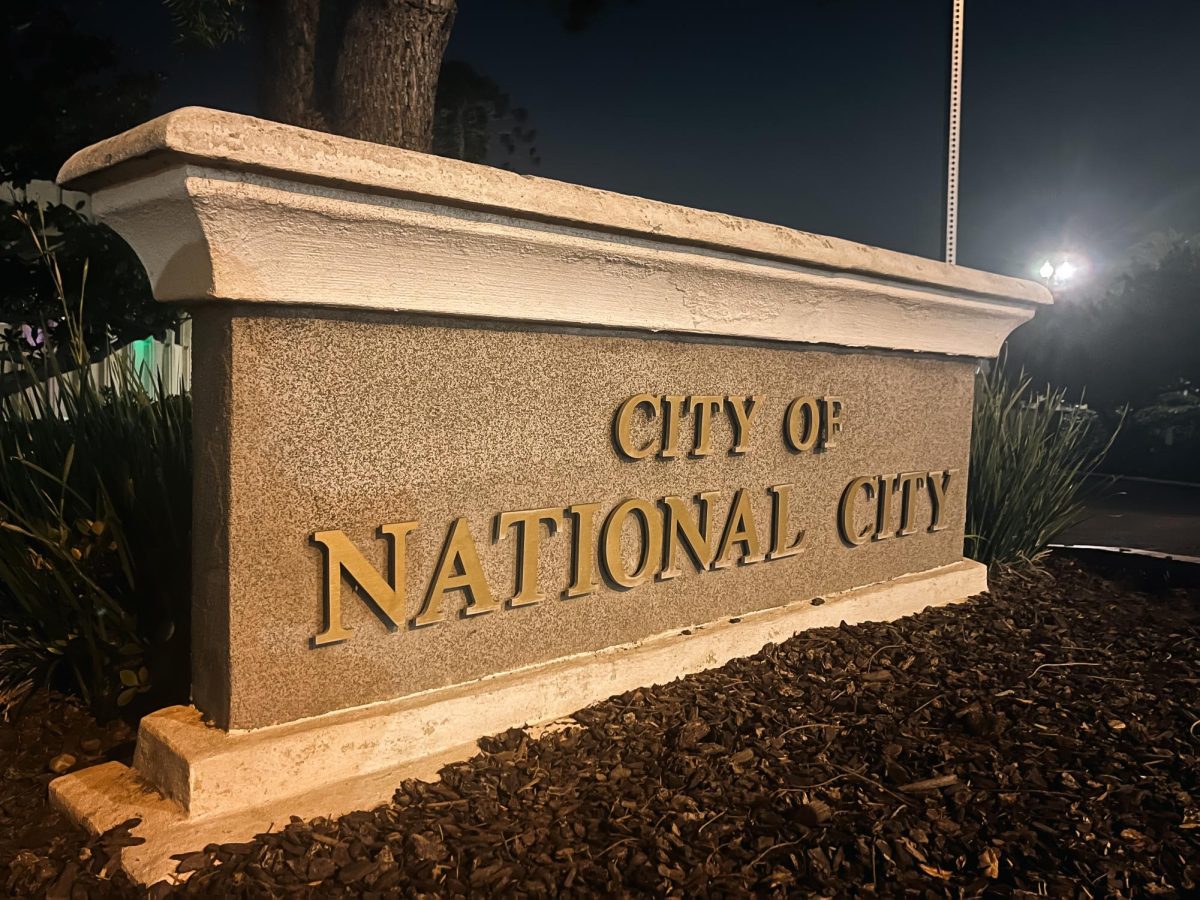 Last Friday Associated Students conducted the first of several planned meetings to discuss how to reorganize San Diego State’s student government. The purpose of the meeting was to provide students with information about the newly designed structure of A.S., which is scheduled to materialize in two years.
Last Friday Associated Students conducted the first of several planned meetings to discuss how to reorganize San Diego State’s student government. The purpose of the meeting was to provide students with information about the newly designed structure of A.S., which is scheduled to materialize in two years.
The presentation was given by Arts and Letters council representative Tom Rivera and Afrikan Student Union representative Channelle McNutt to an underwhelming number of attendees.
According to the presenters, the main issues with the current structure are a lack of checks and balances on representatives, an overly centralized system and job overlapping, which they said has led to inefficiency and exclusion. The new structure will decentralize the power, shifting and dividing it among four different spheres or councils.
The councils include the A.S. Board of Directors, consisting of yet another four subcommittees, three of which will be chaired by three elected executive officers, bringing a total of 14 members.
Another is the A.S. University Council, which will consist of approximately 20 representatives from the seven college councils, but having a total of 34 members, this council’s purpose, according to Rivera, is for more political matters.
Thirdly, the A.S. Judicial Affairs Council will consist of a total of eight to 10 members, and they will oversee the rest of the councils.
The A.S. Campus Life Council, with a total of about 18 members, eight of which will be commissioners, will mainly supervise events and other programs.
One position in the Campus Life Council resulted in controversy during the meeting. The commissioners in this council, consisting of positions in CASE, Recreation & Wellness and Green Love, also includes one seat reserved for multicultural / diversity organizations. This seat has caused distress for some members since the structure was first presented in April. Paloma Anguiano, member of the Association of Chicana Activists, said this is unfavorable for her organization because the one seat will not give all cultural organizations their own voice because the beliefs and cultural upbringings of each are surely distinct.
“My greatest hope right now is that cultural organizations will put aside their differences and work together to make this new A.S. a fair and effective governing body,” Anguiano said.
Presenters suggested that with the introduction of many new seats within each of the councils, members of each organization should have the opportunity to fill seats in different spheres, making their voices heard in each of the councils. In other words, the multicultural / diversity seat will serve its purpose on its own but the ideas of these students will be voiced throughout the councils.
According to Rivera, having the differentiated spheres will give specific duties to people who are knowledgeable in each area. As the A.S. University Council will deal with political matters, the A.S. Campus Life Council will organize events and programs, while the A.S. Judicial Affairs Council will be ensuring each council’s efficiency and clarity.
Another issue with the structure was the meeting itself. The disappointing attendance of students left both the presenters and the four attendees pining for more student body participation. As A.S. presented the restructure plans with the purpose of obtaining input from representatives, organization members and the student body in general, only three members of A.Ch.A and a member of the Student African American Sisterhood attended the meeting.






